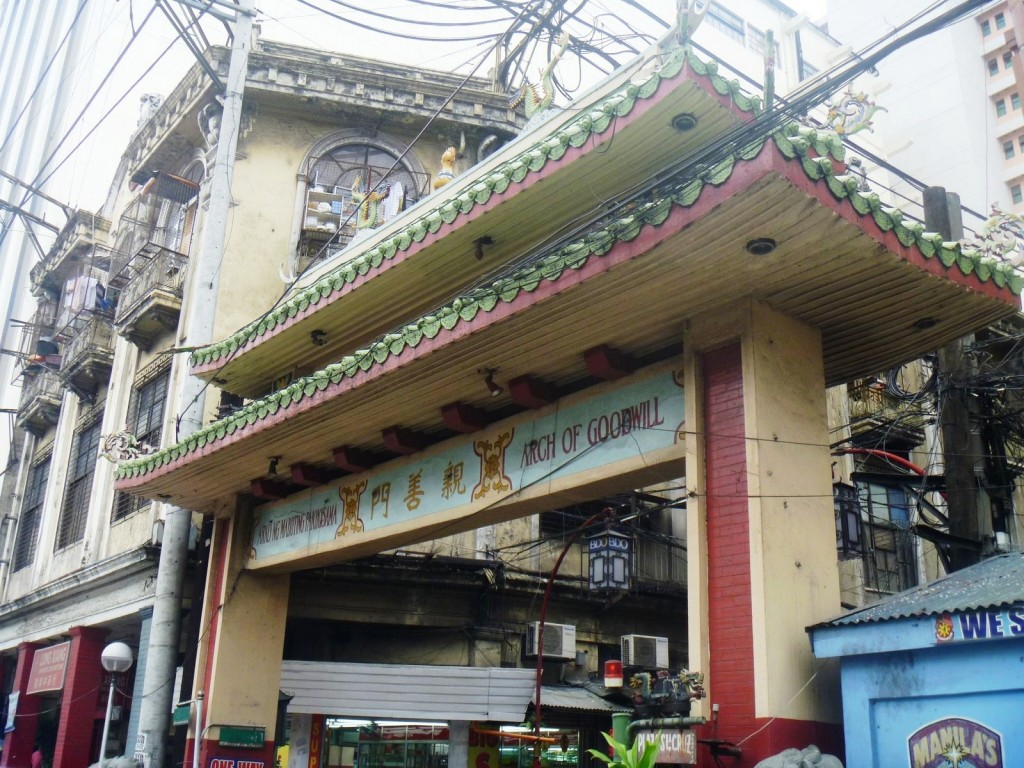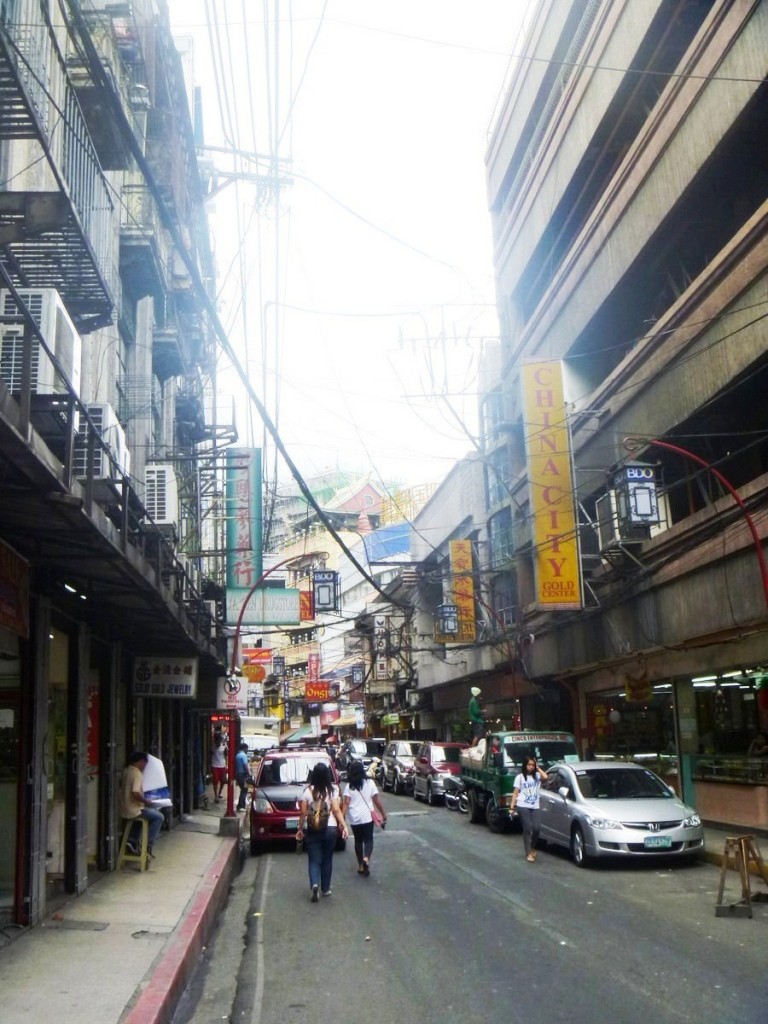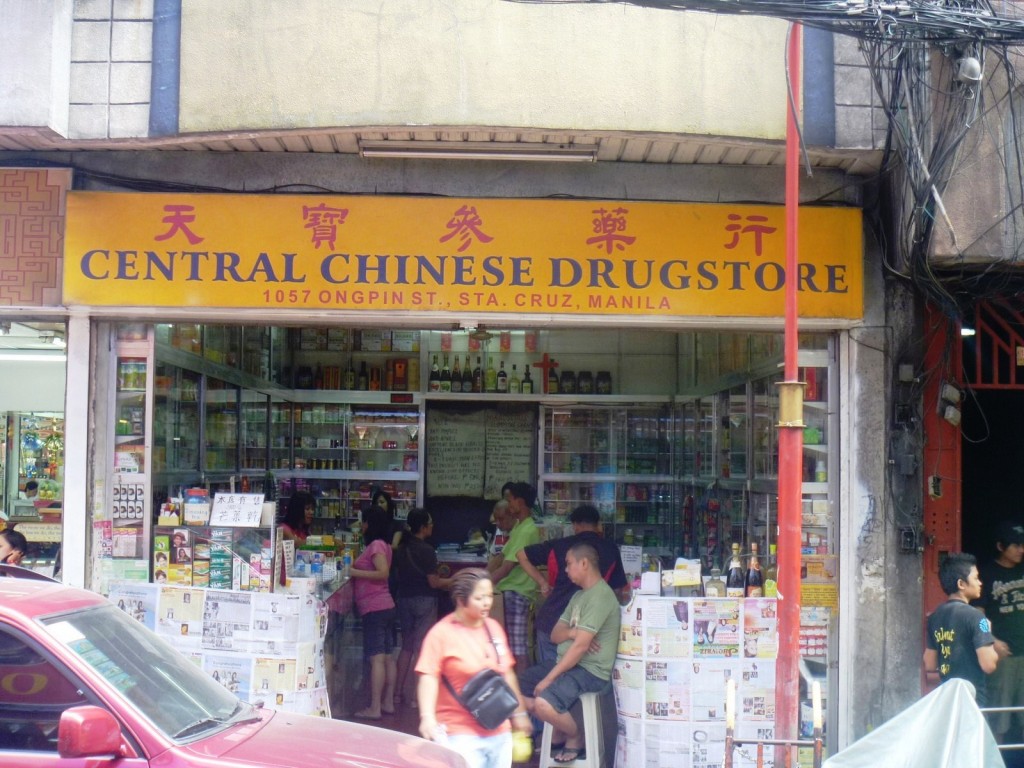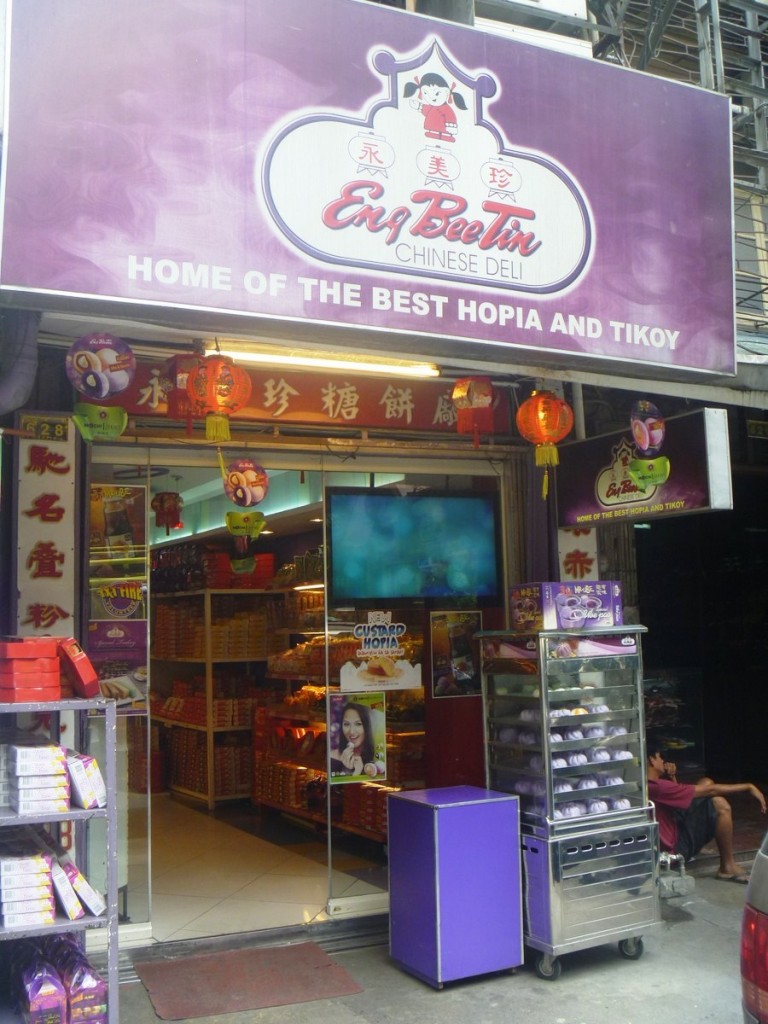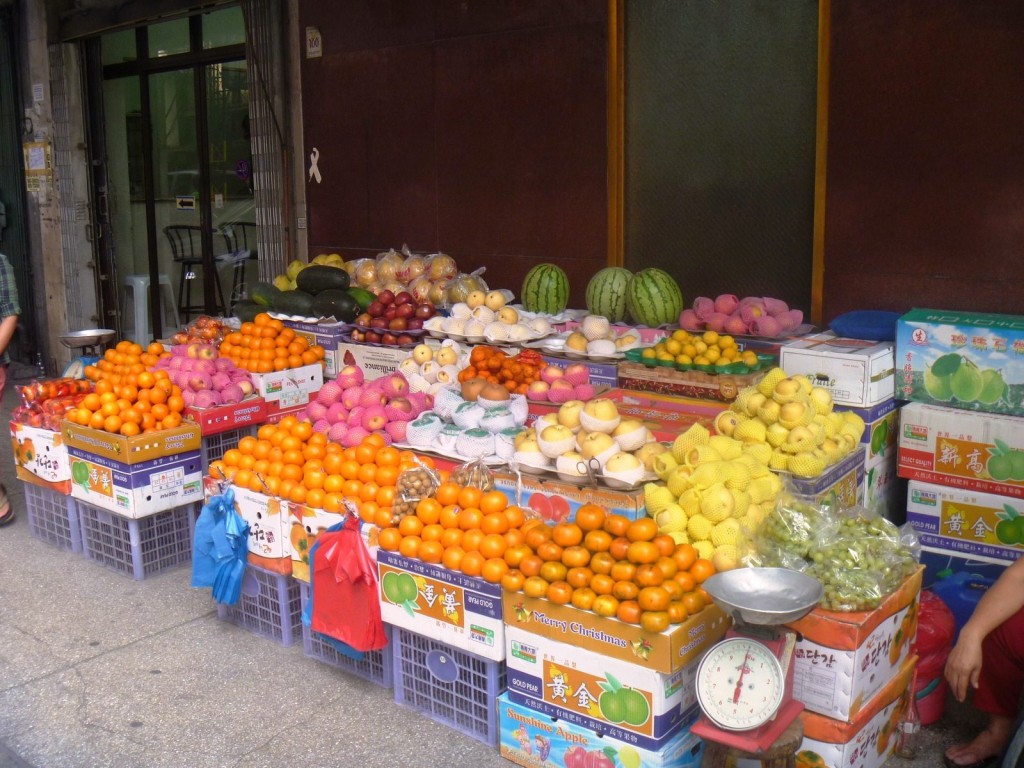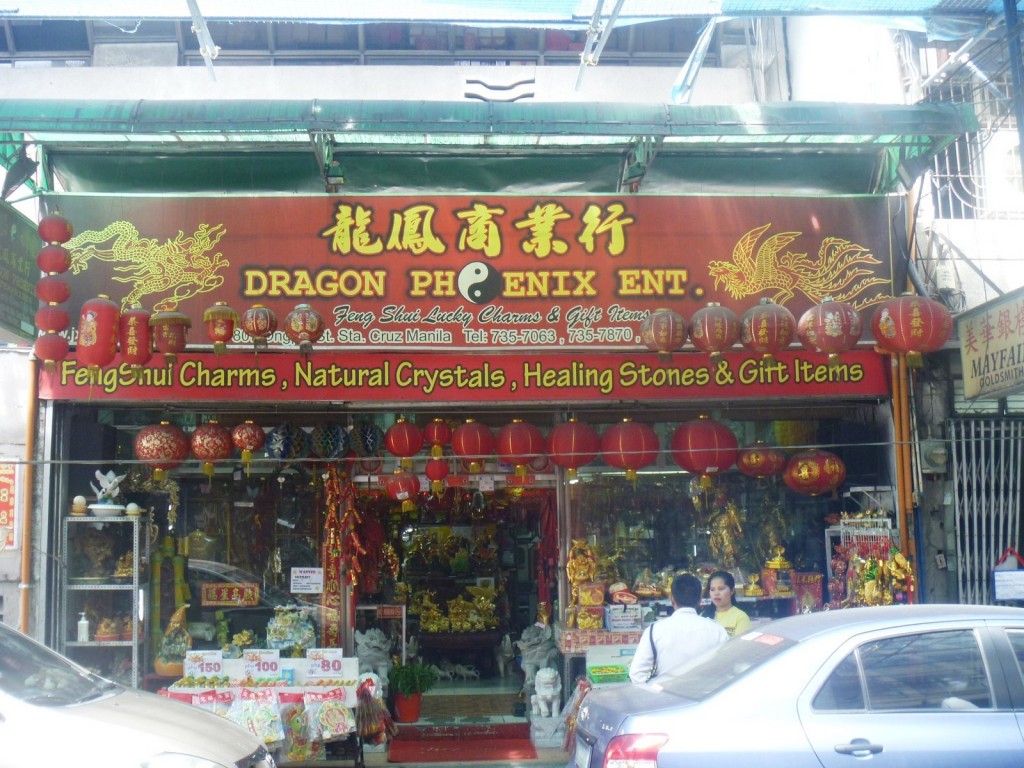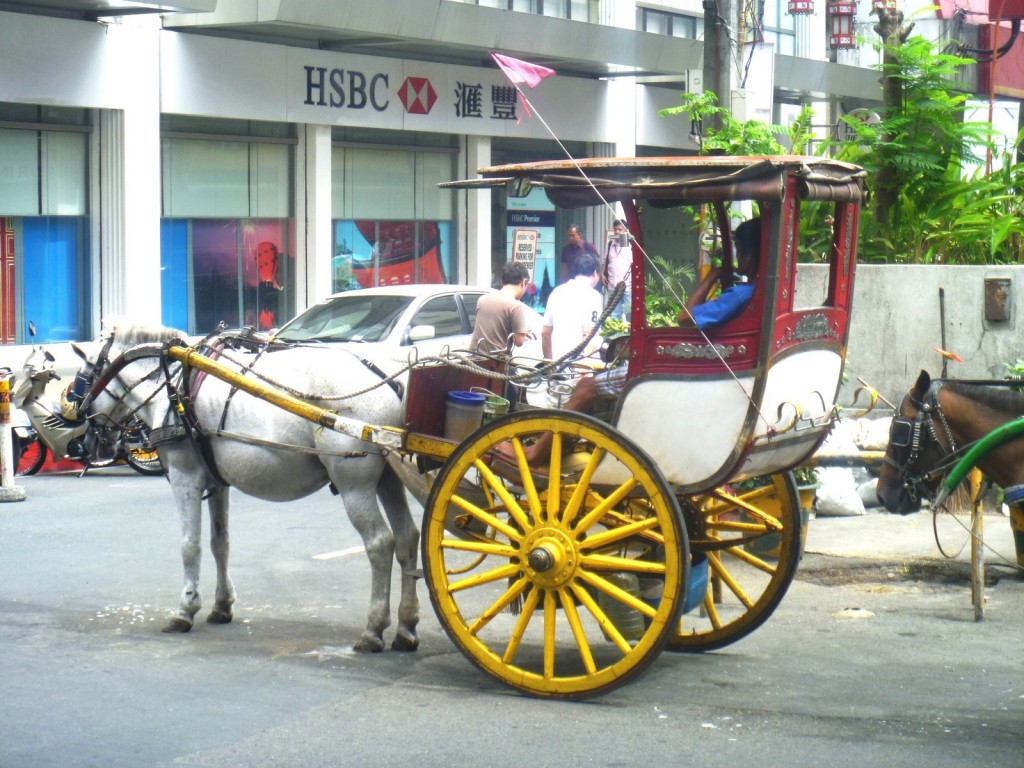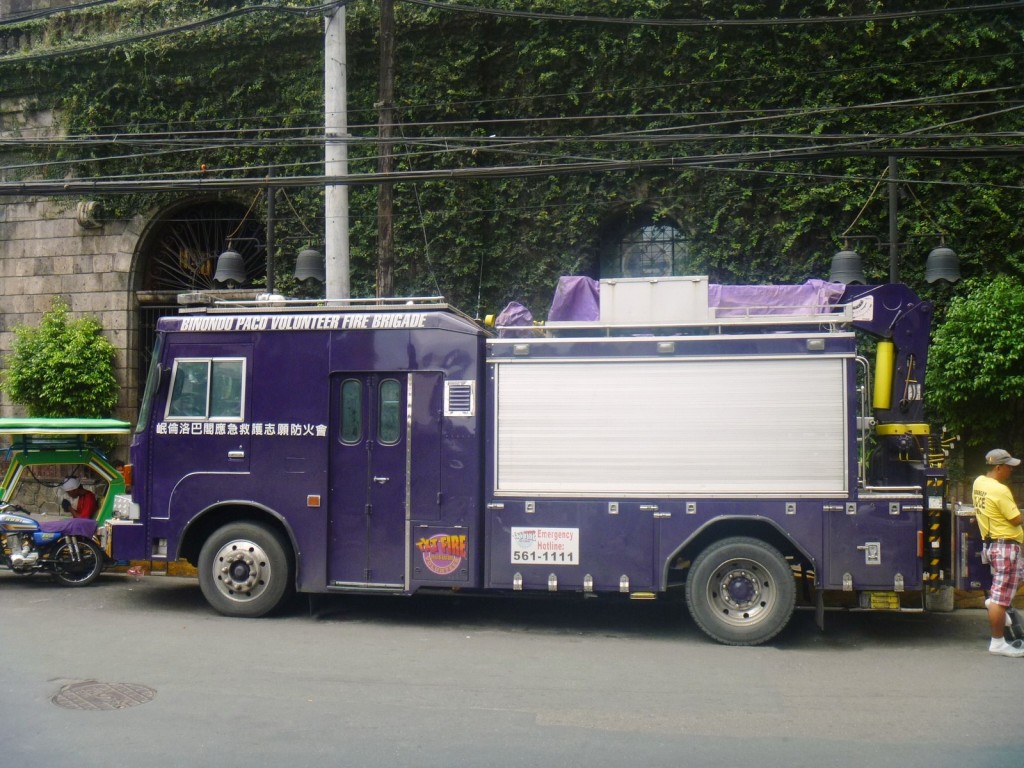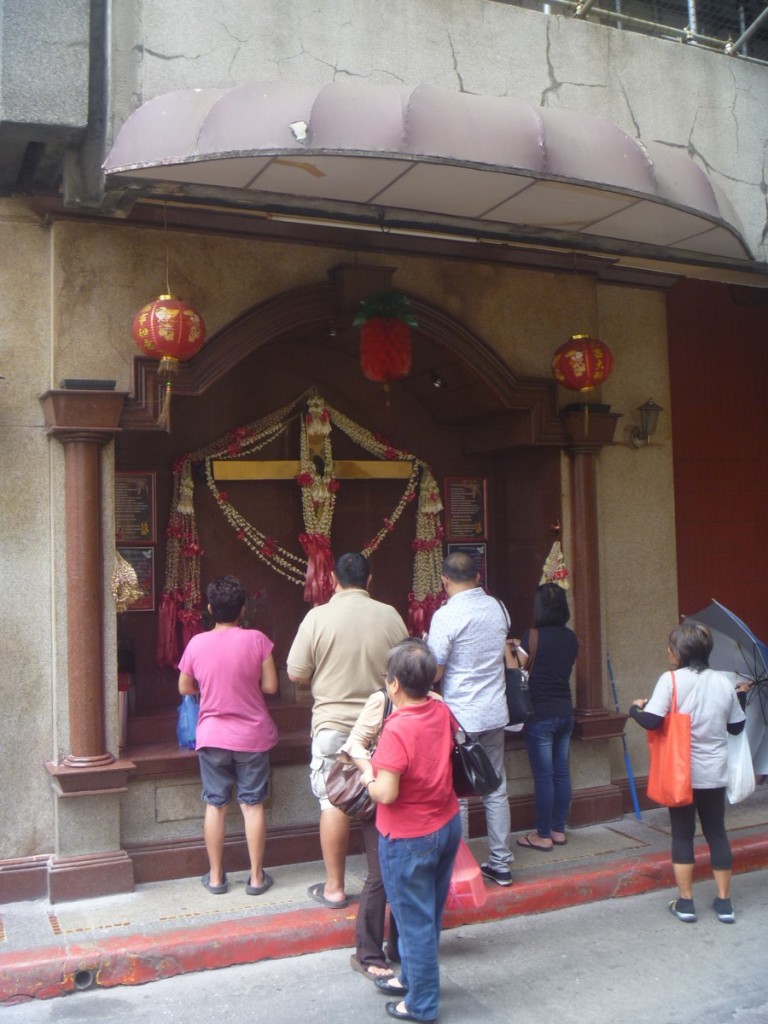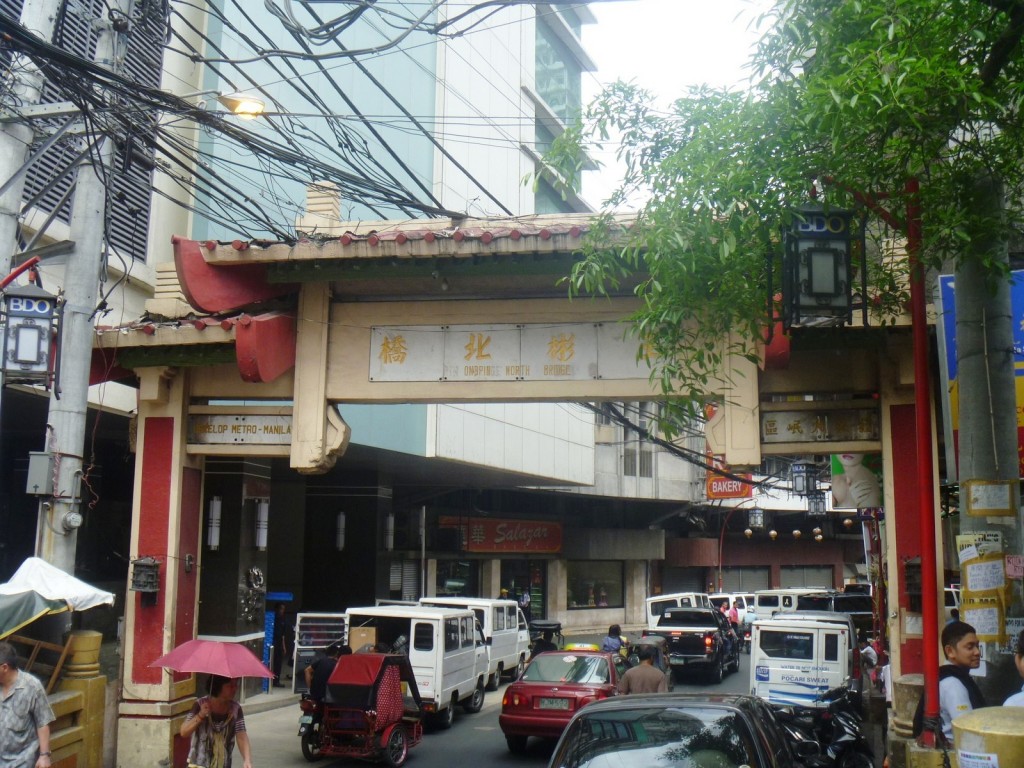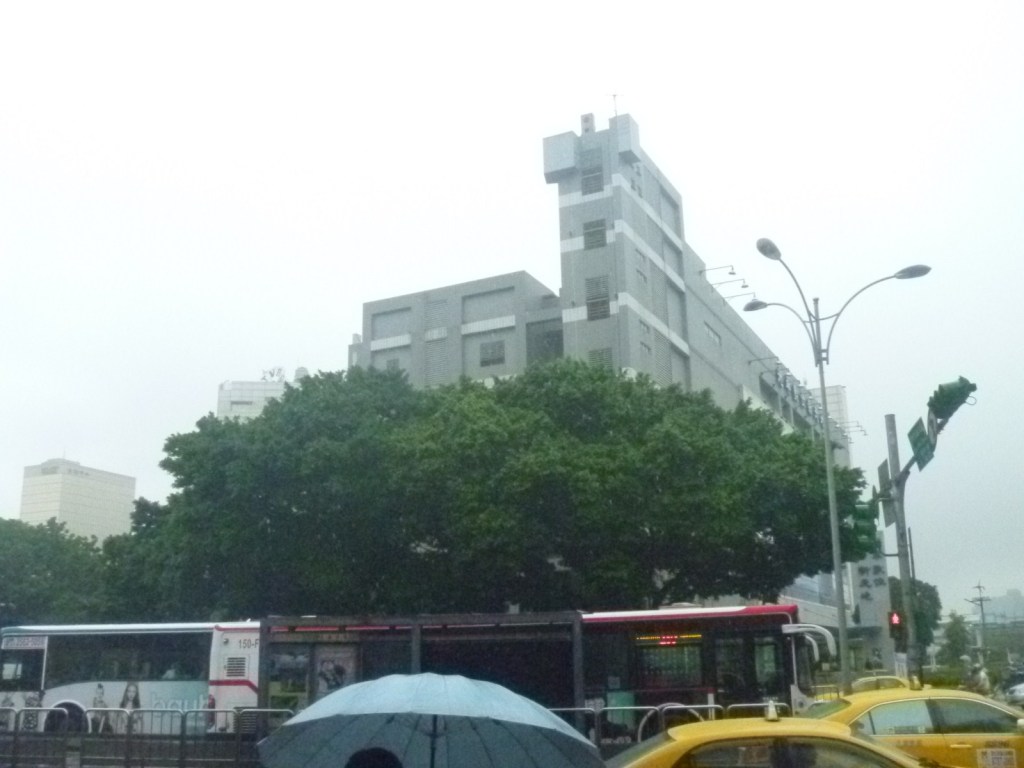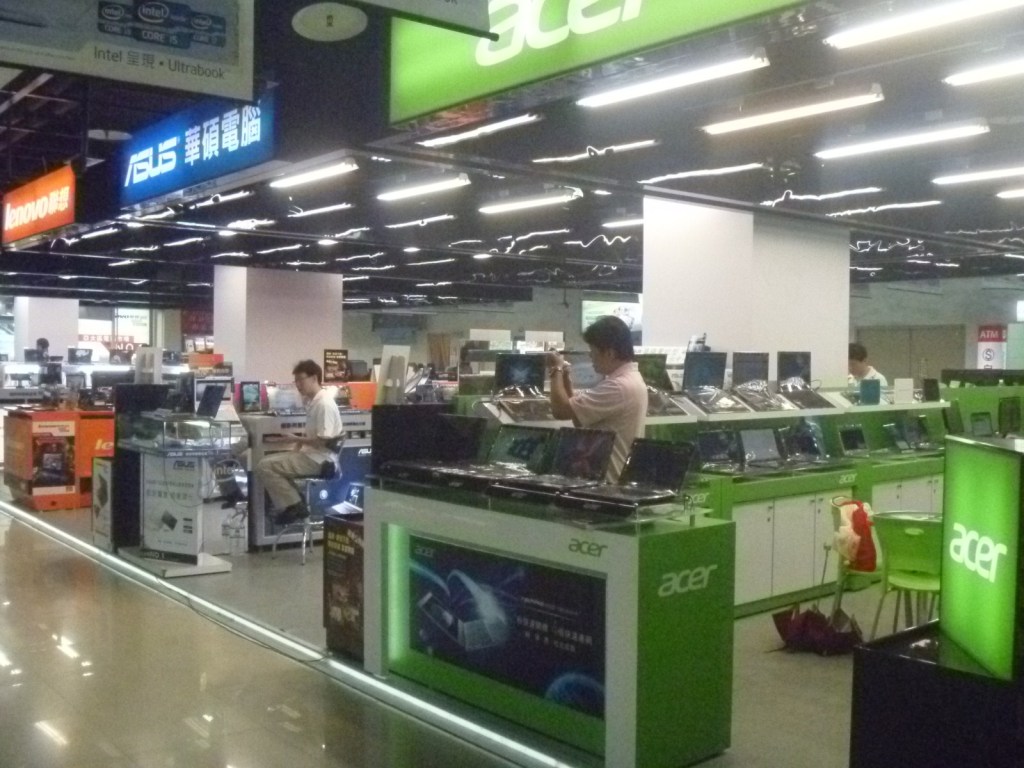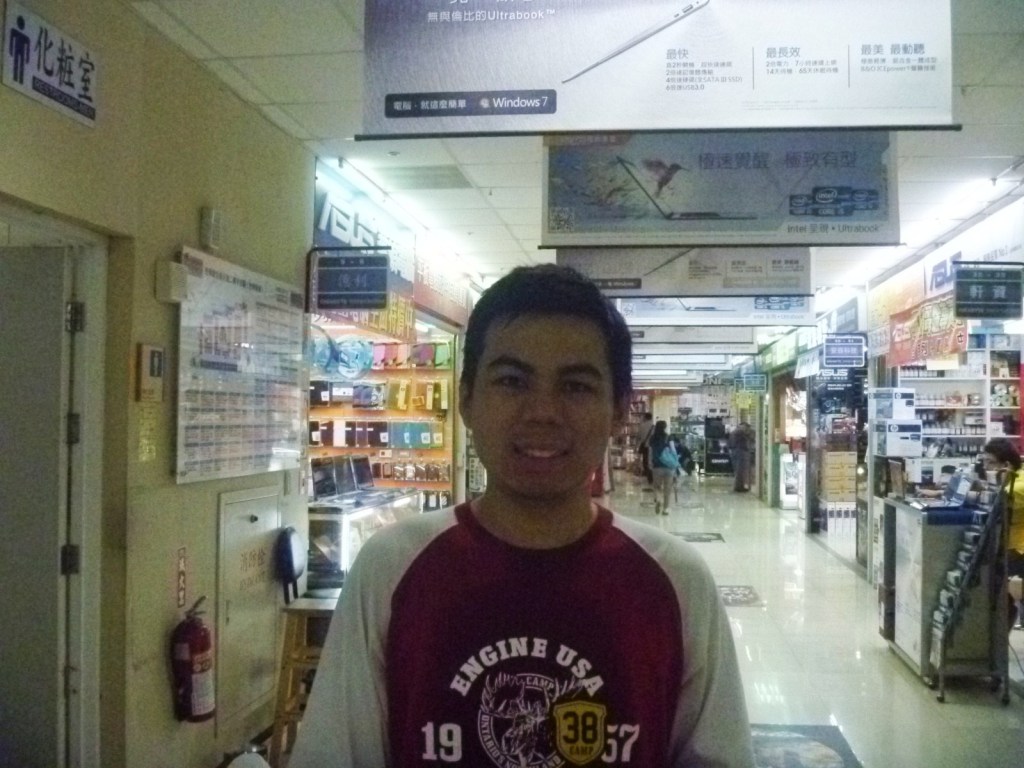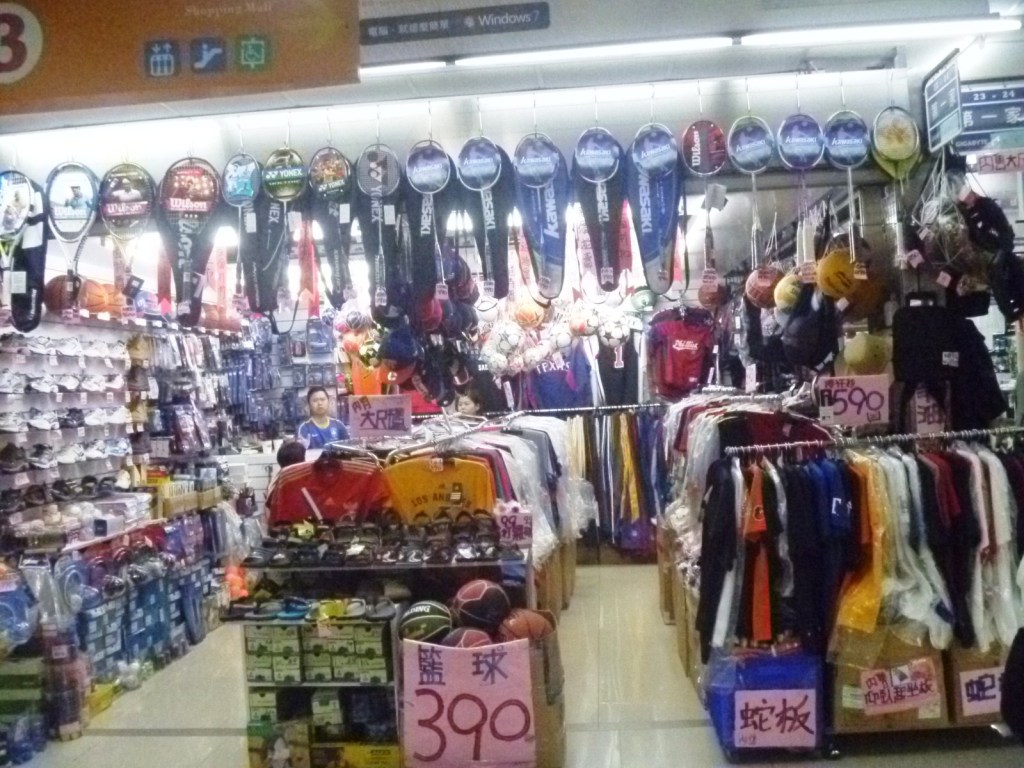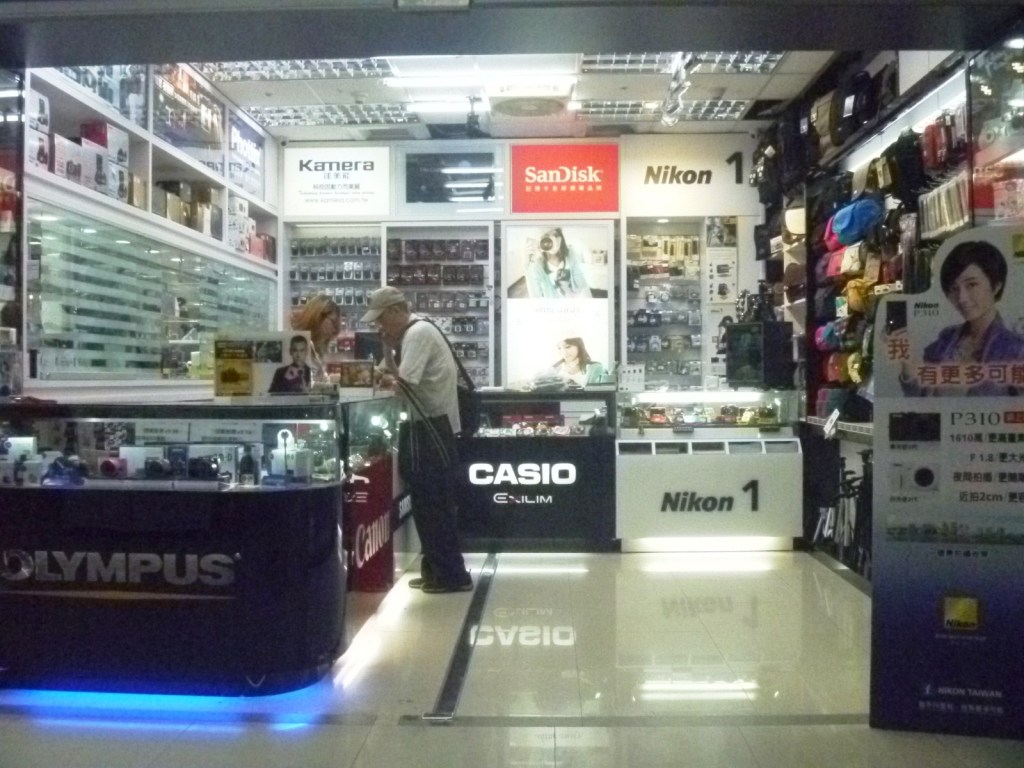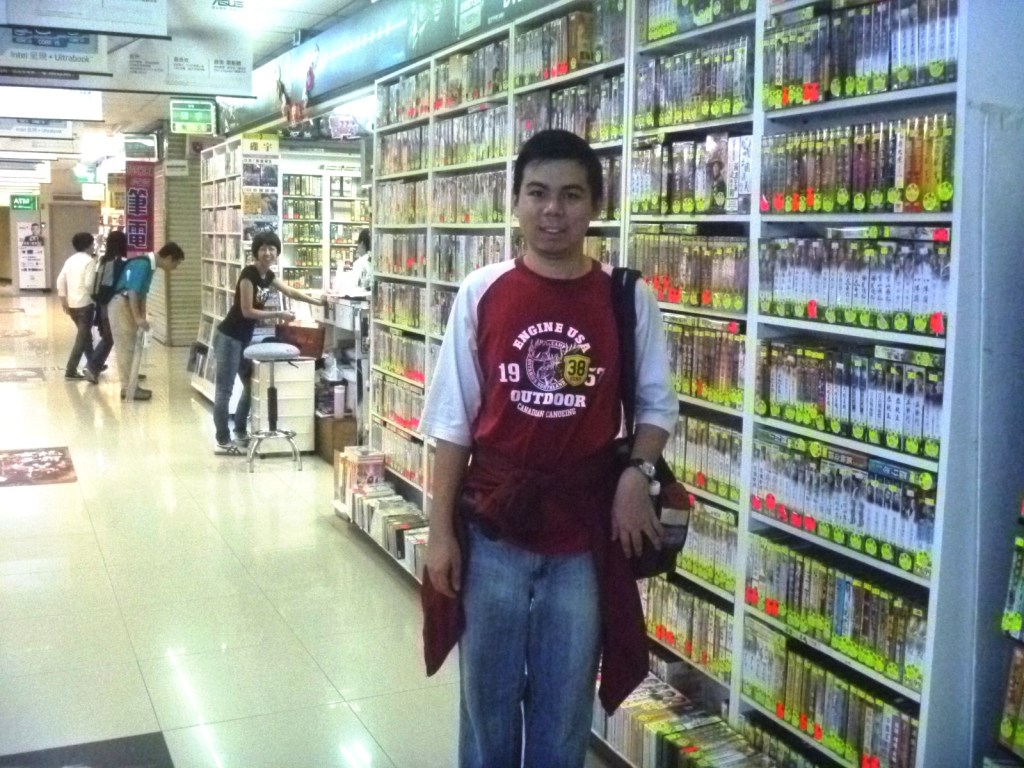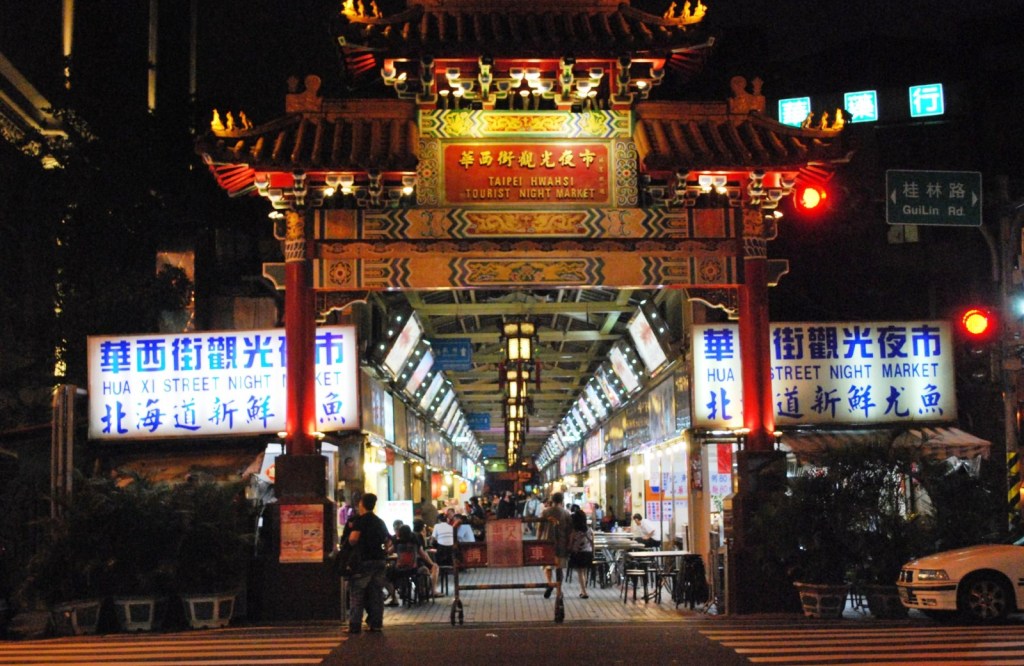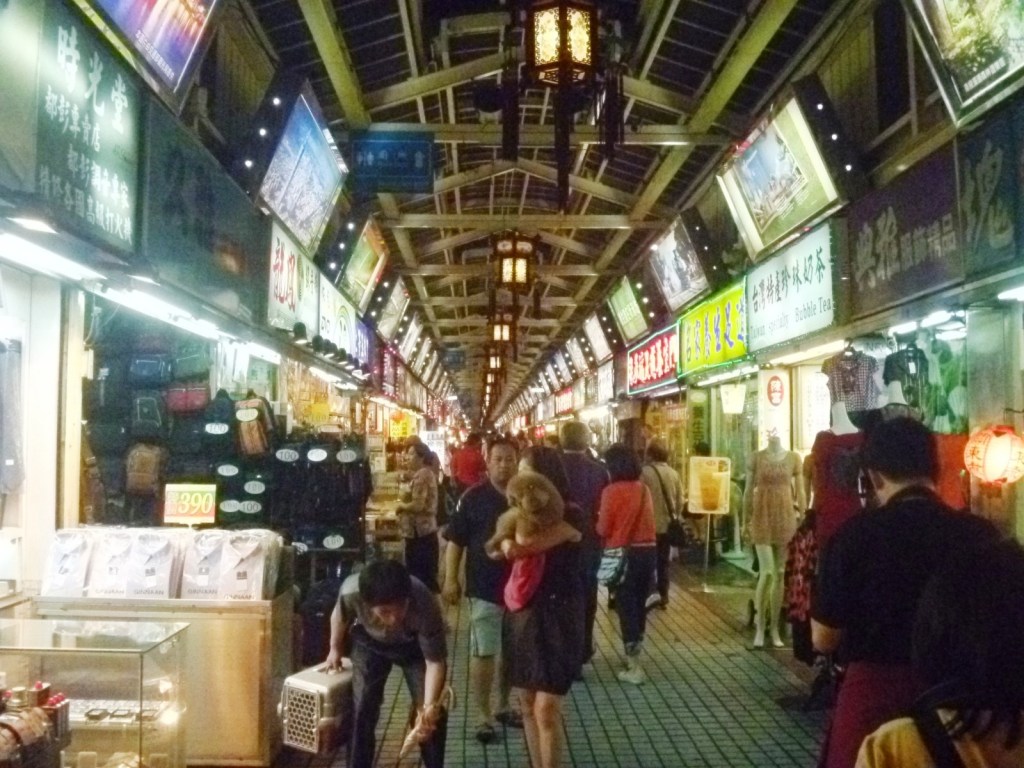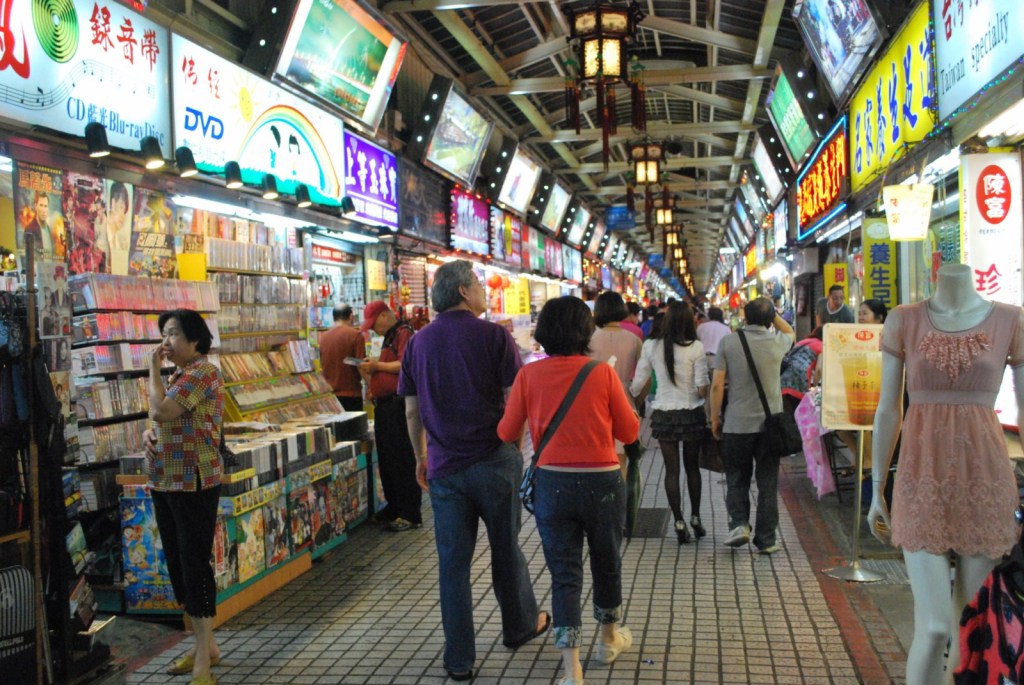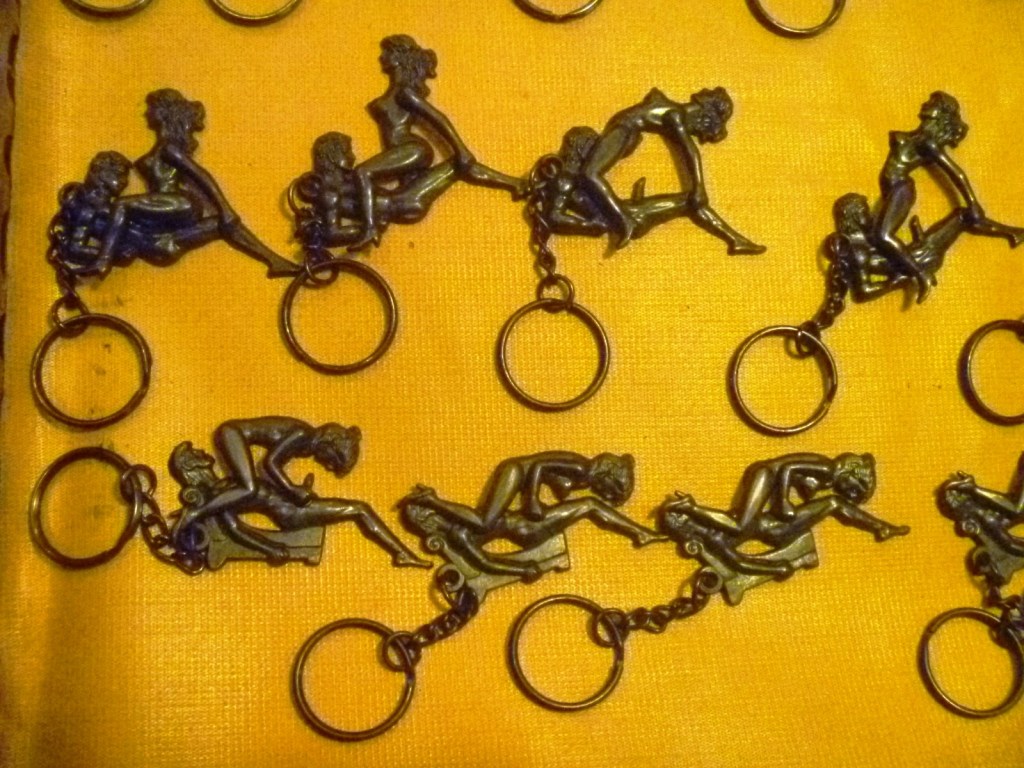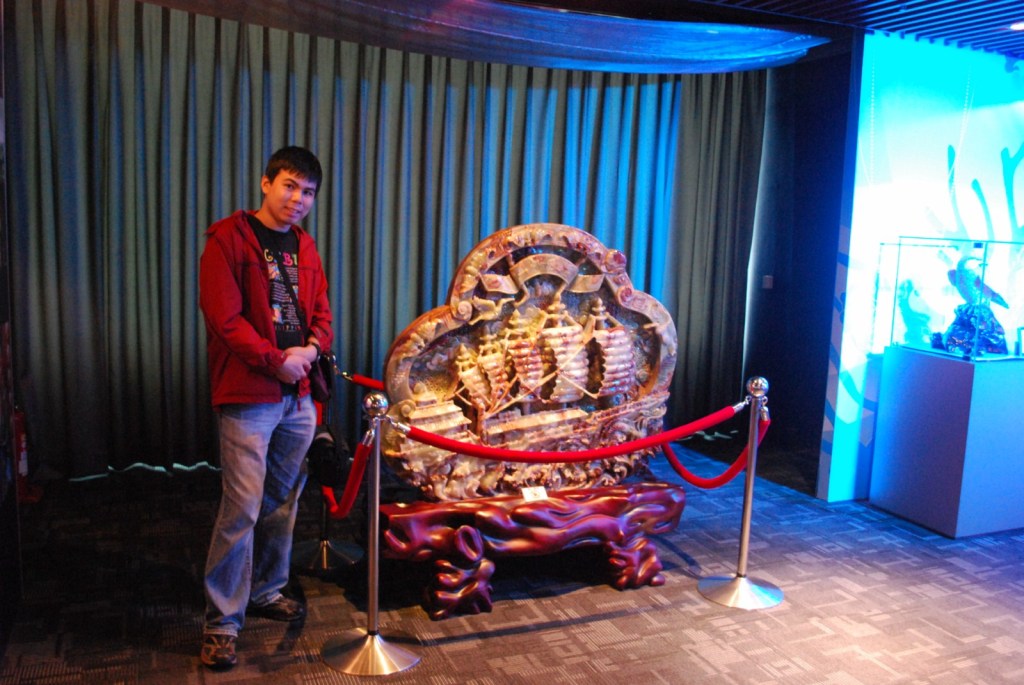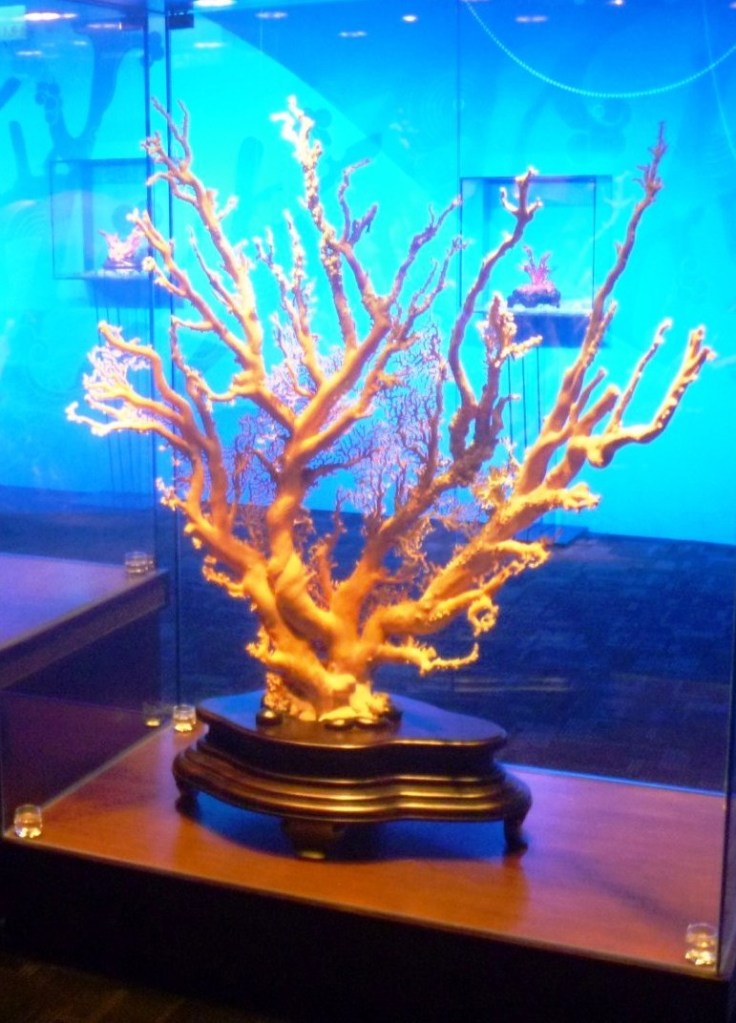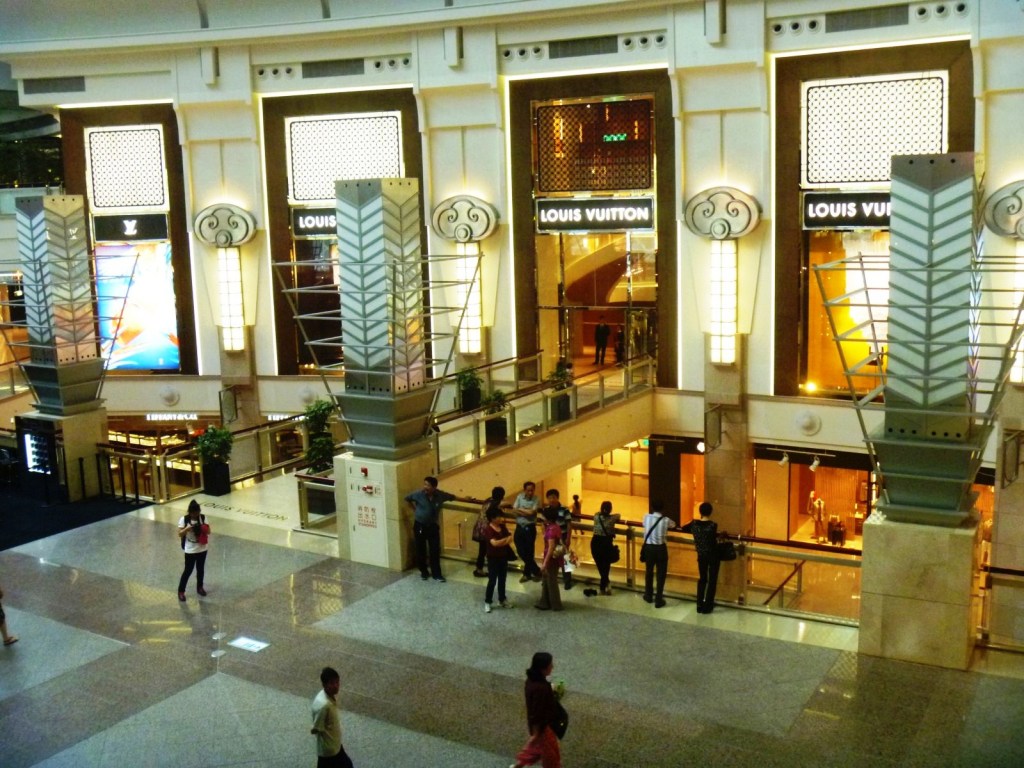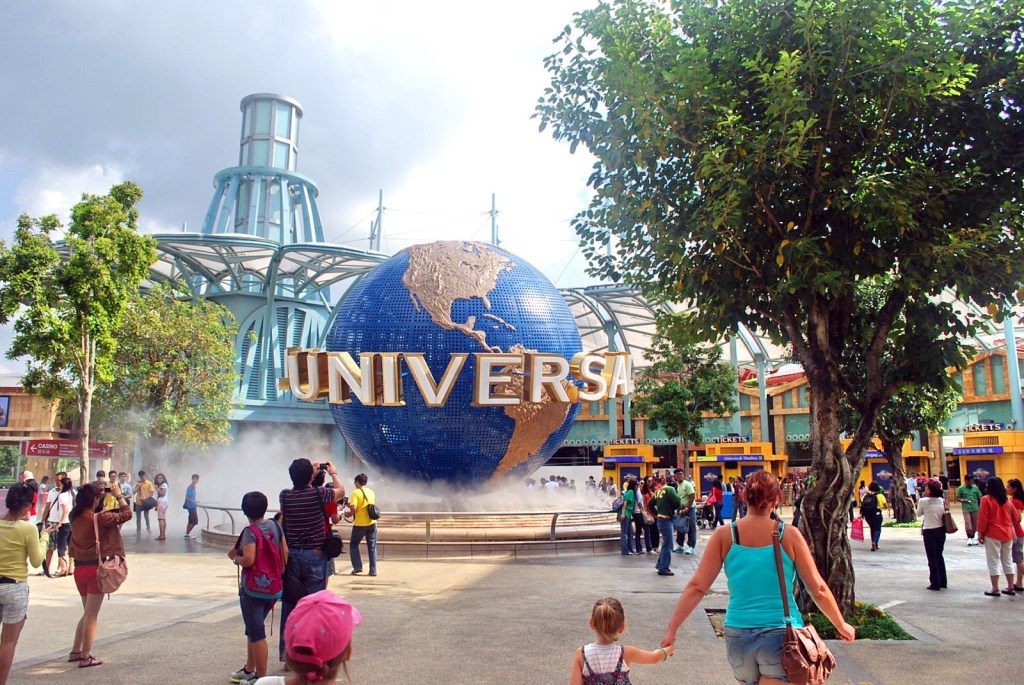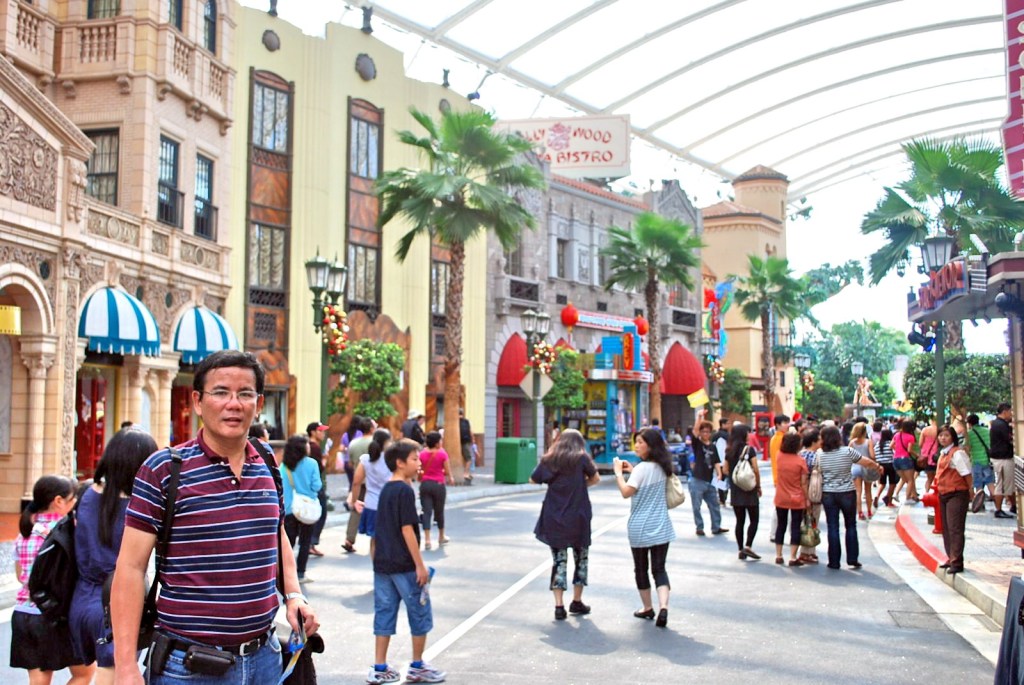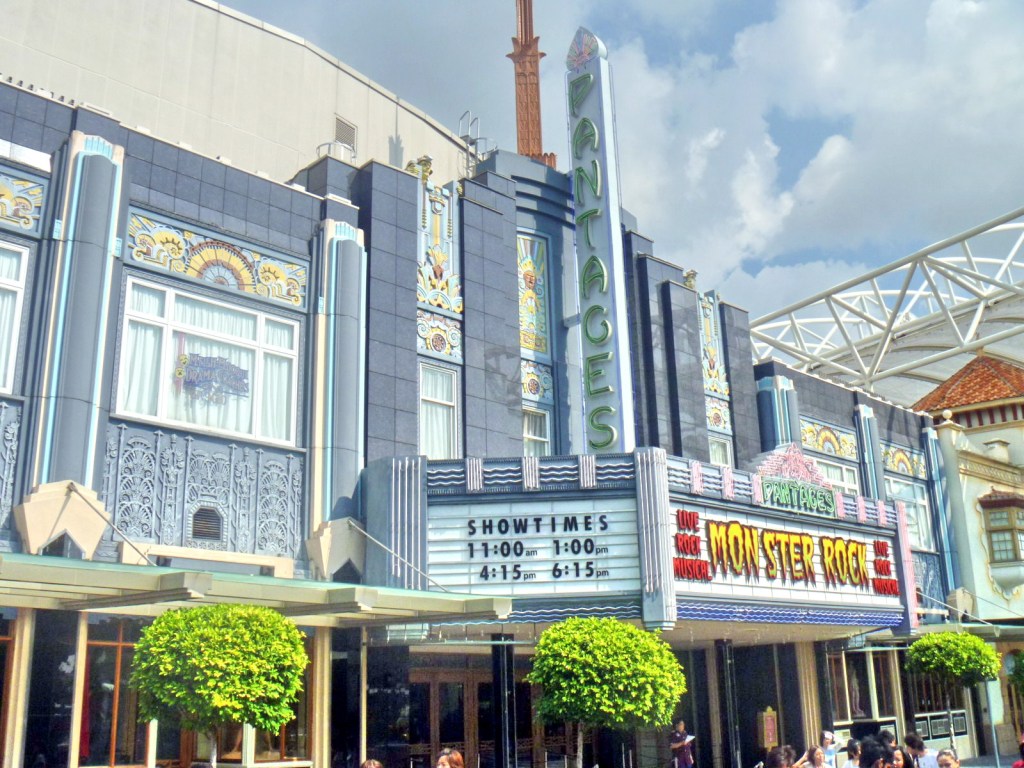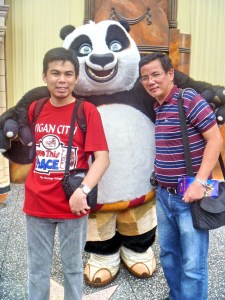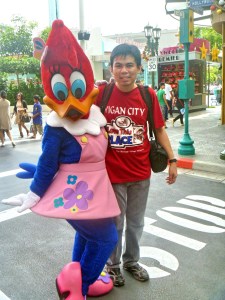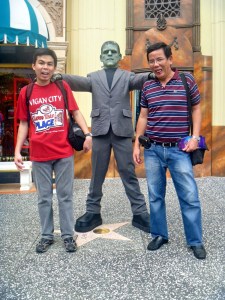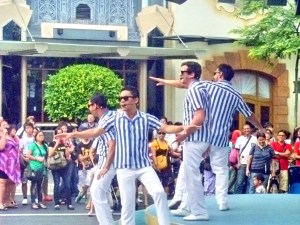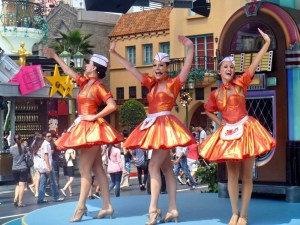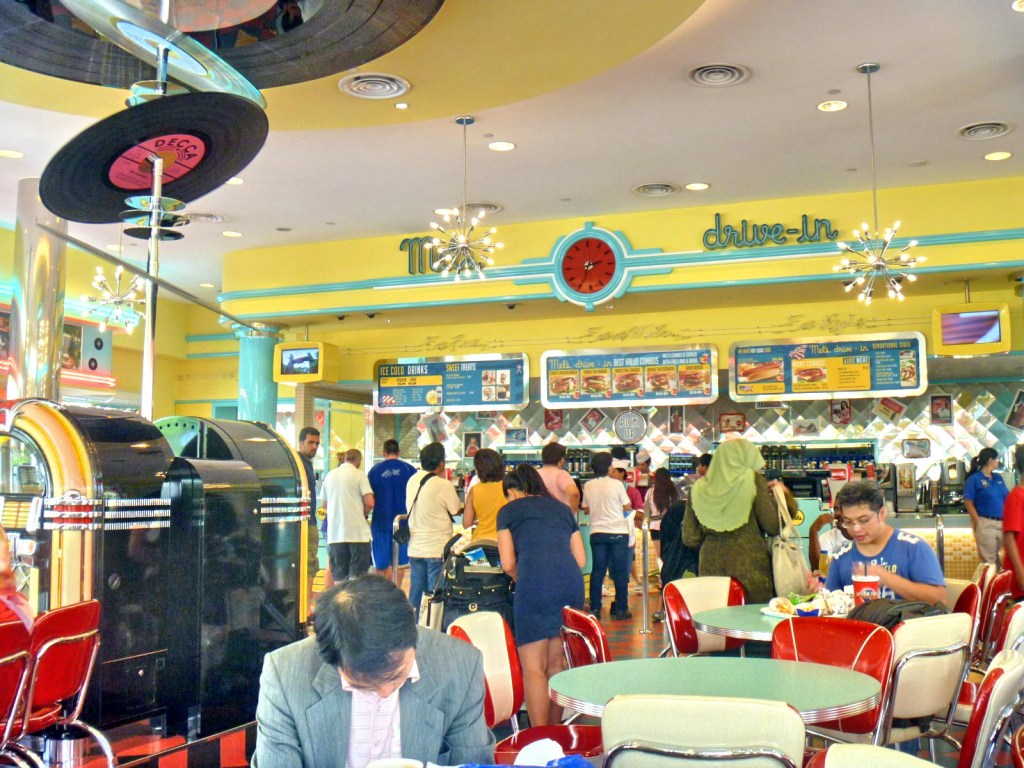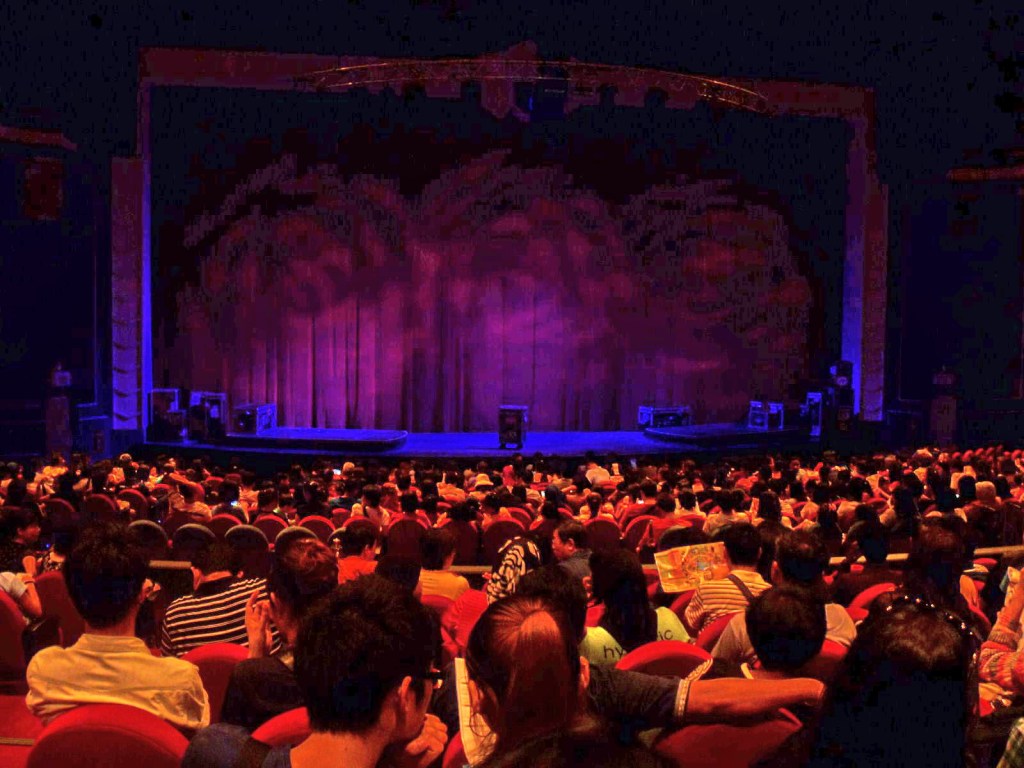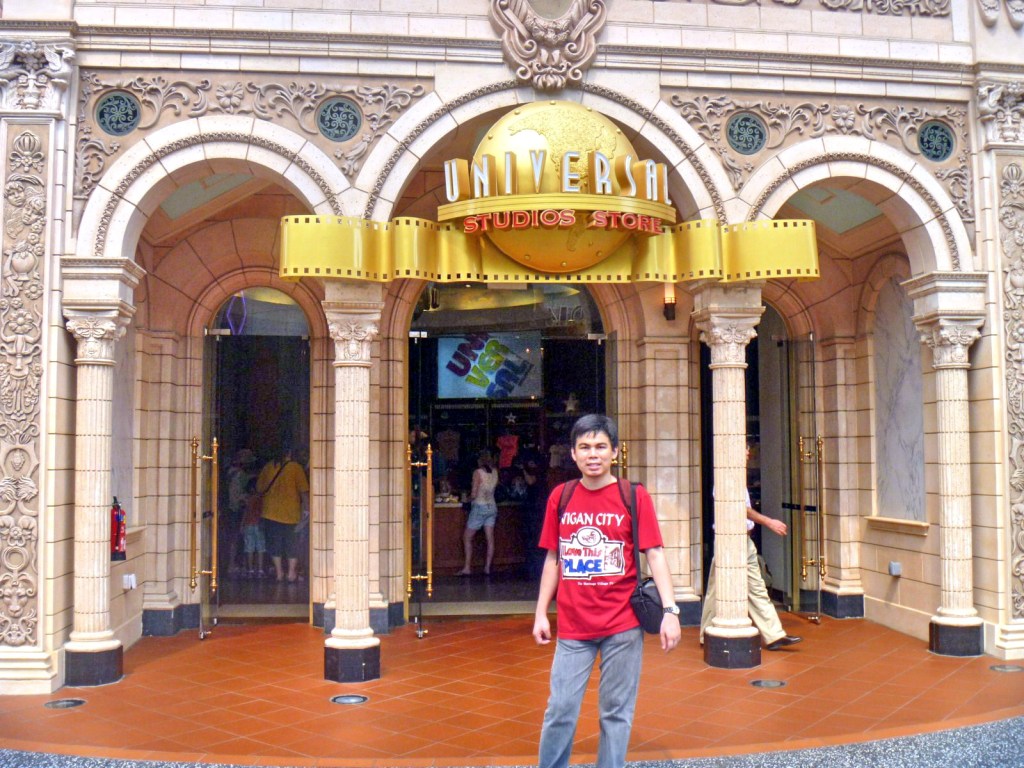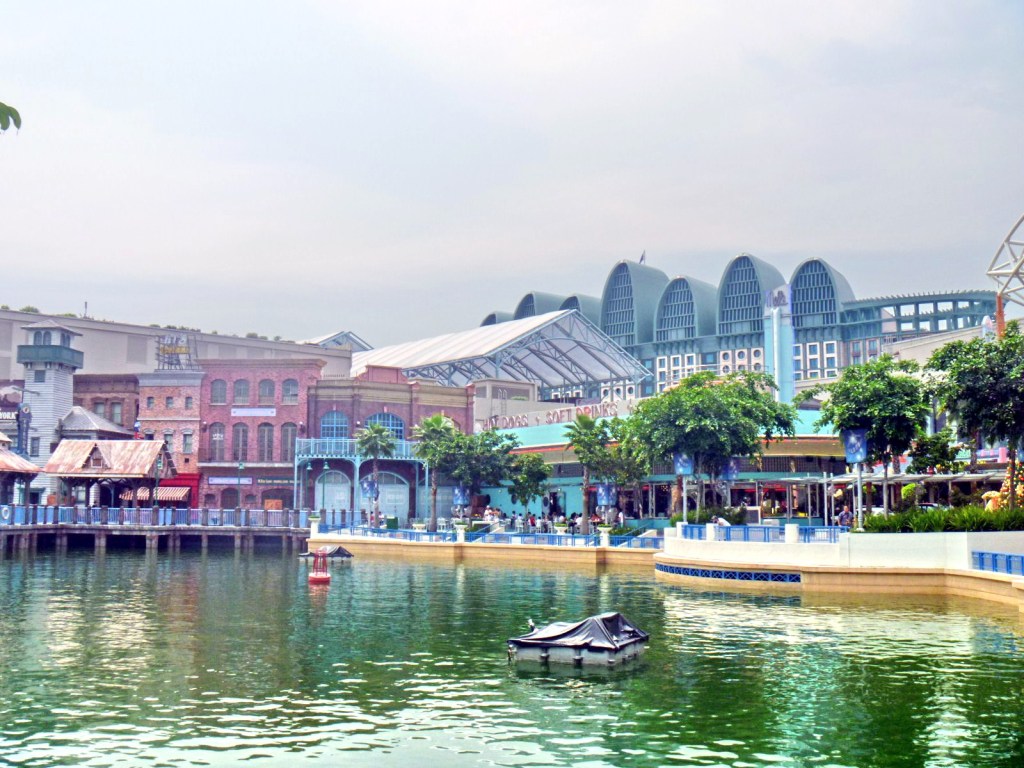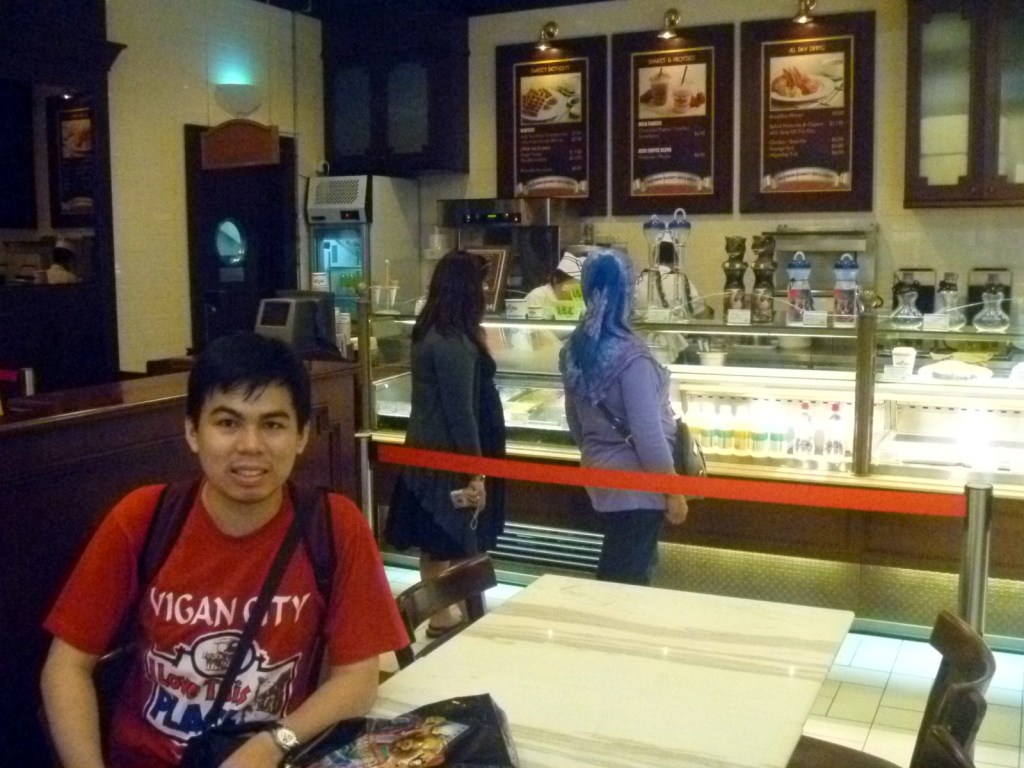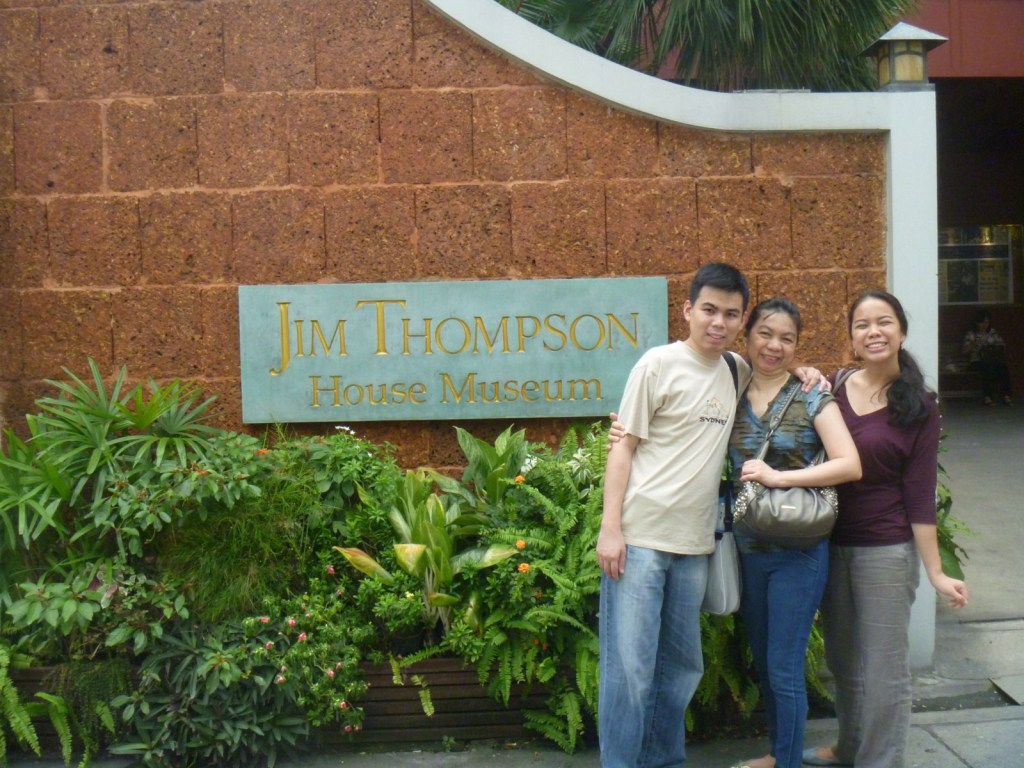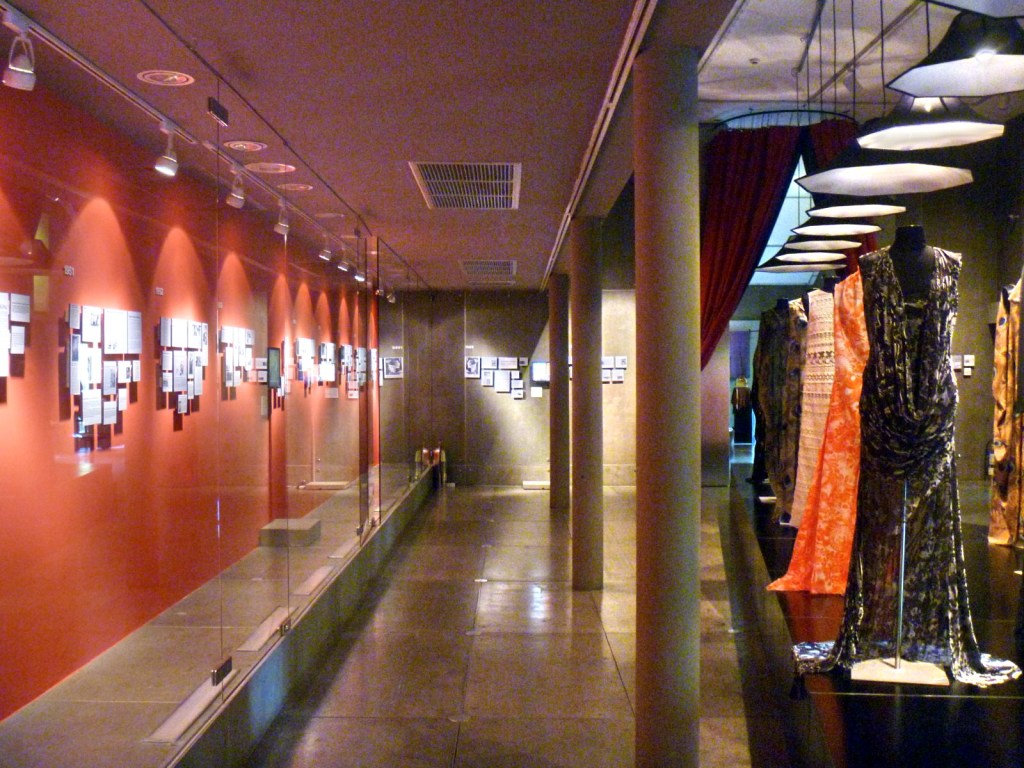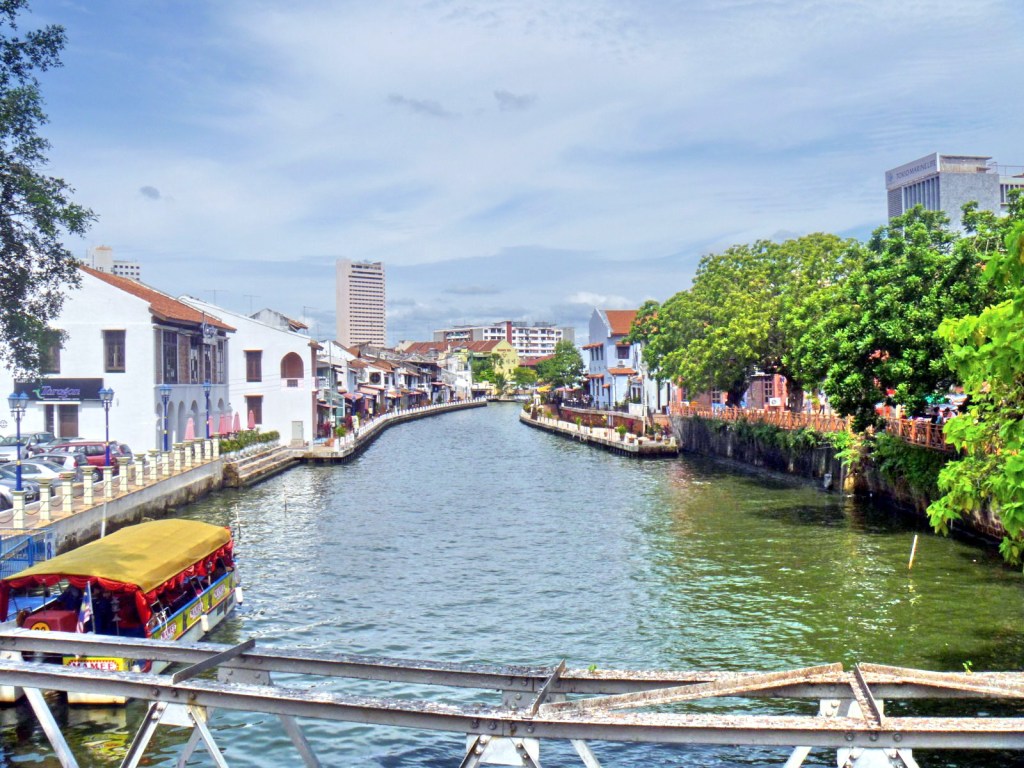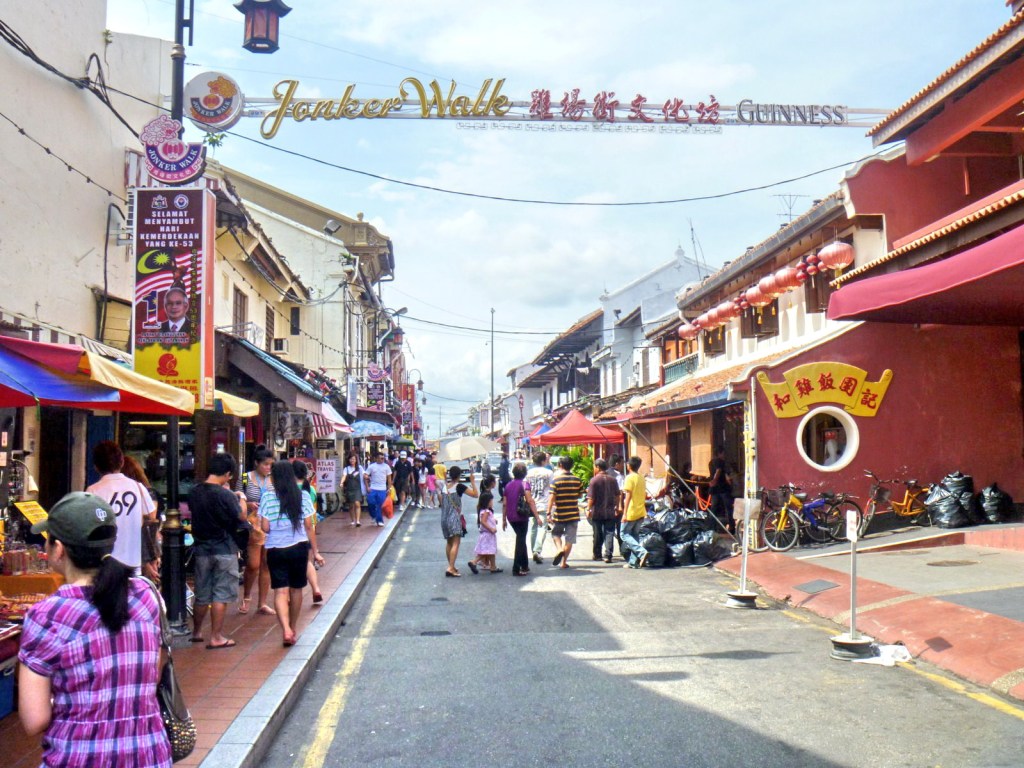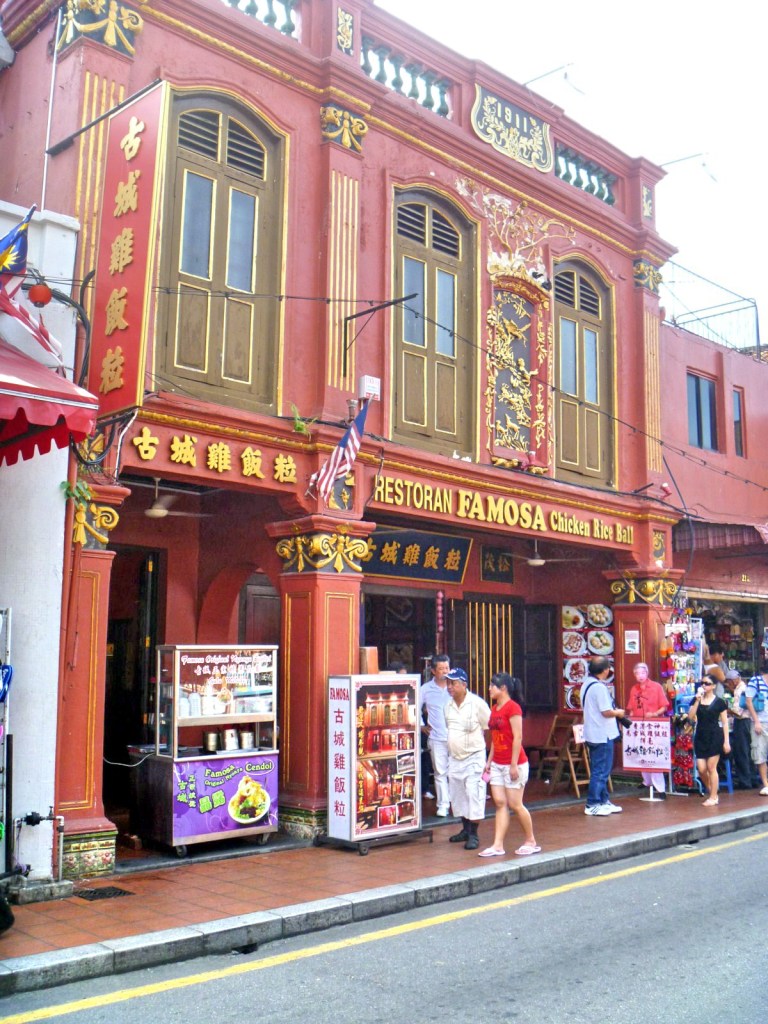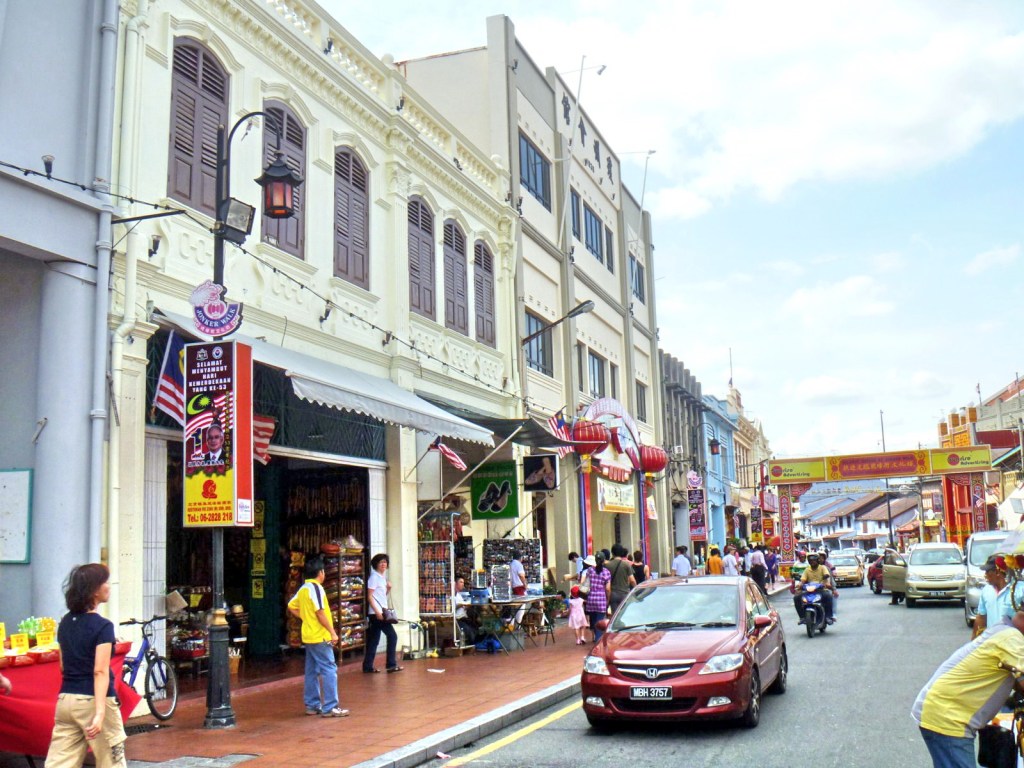After breakfast at Halfway Lodge, we all returned to our jeepney and traveled 3 to 4 kms. (25-mins.) uphill from the town, along the Banaue-Bontoc Rd., to the Banaue Grand Terrace Viewpoint, one of three viewpoints in the town. The other 2 viewpoints are the NFA Viewpoint and the Dayanara Viewpont, named after 1994 Ms. Universe and former Aga Muhlach girlfriend Dayanara Torres (who later married singer Marc Anthony but has since been divorced). This would be my first visit to the place as, during my first 2 visits , I just used the town as a jump-off point to Batad Rice Terraces. Besides, the town’s undulating tin roof tops and overhead, tangled electrical wires, weren’t exactly an endearing sight for me.
This popular photo spot, situated on top of a plateau at the outskirts of the town, affords a perfect view of the 2,000 year old, man-made and iconic Banaue Rice Terraces (the one we see in books, magazines, postcards and the PhP1,000 bill) and the magnificent valley to the poblacion.
Though not included in the UNESCO World Heritage Site inscription, due to the presence of numerous modern structures around the area (making it score low in the integrity criterion of UNESCO), these rice terraces are still a National Cultural Treasure under the Ifugao Rice Terraces. The early morning cast an extra dimension to the rice terraces. The terraces, on a rather steep incline, occupy a narrow, high spur in the mountain. The best time to see these rice terraces is from February to May when it is least likely that the views will be obscured by fog or clouds.
| View of the town proper from the viewpoint |
Elderly, smiling Ifugaos often come here in full tribal regalia and tourists can pose for the camera with them, for a fee or donation of course, or you can be dressed in partial tribal regalia (headgear and shawl) then leave a small donation for its use.
.jpg) |
| Dressed up in tribal gear |
At the viewpoint are a number of roadside souvenir shops crowded in a small area. They sell a variety of handcarved woodwork, from the iconic bul-ol (rice gods placed in village huts and granaries), spears, canes to Chinese dragons. They also sell food (strawberry jams and preserves, peanut brittle, wine, etc.), textiles (sweaters, caps, T-shirts, shawls, etc.), ref magnets, trinkets, furniture and basketry.
Also with the area was an inn (the 3-storey Viewpoint Valley Inn) and a restaurant (Banaue Heritage Cafe & Restaurant).
| Viewpoint Valley Inn |
| Banaue Heritage Cafe & Restaurant |
There were also wooden scooters on display. One in particular, with the ornate dragon design, caught our fancy. We each took poses (at PhP10 per shot) on this scooter. Also, if we wanted to, we could have taken it on a test drive (for PhP50) down the road but the absence of a built-in brake held me back.
| Trying out the dragon scooter |

.jpg)
